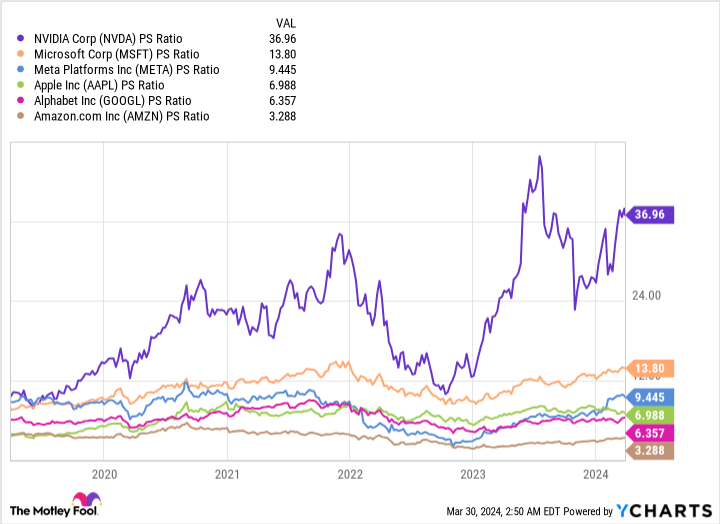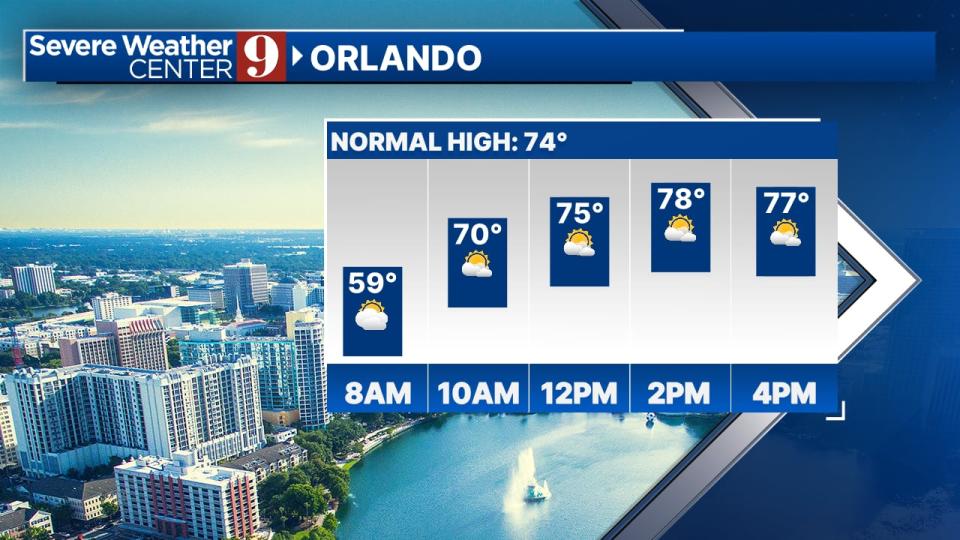Amazon (NASDAQ: AMZN) began as an online bookseller when it was founded in 1994. E-commerce remains the company’s largest source of revenue, but it has also expanded into other areas of the technology sector, including cloud computing, streaming, digital advertising, and now artificial intelligence (AI).
AI could be one of the greatest financial opportunities in history, and Amazon is tackling it from multiple angles. The company just made the final payment of its agreed $4 billion investment into leading AI start-up Anthropic, a deal that will accelerate Amazon’s progress on both the hardware and software sides.
Amazon is one of six companies valued at $1 trillion or more, and all of its peers have a presence in AI. However, Amazon generates more revenue than all of them, and yet its stock is the cheapest of the bunch. Here’s why investors might regret not buying it when they look back on this moment in five years.
Amazon is cementing itself as a leader in artificial intelligence
Amazon Web Services (AWS) is the largest cloud services platform in the world. It offers hundreds of solutions to help businesses store data, operate digital sales channels, develop software, and build AI applications. Amazon’s goal is to have AWS dominate the three primary layers of AI.
The hardware layer comes first. Like most cloud providers, Amazon fills its data centers with Nvidia‘s (NASDAQ: NVDA) graphics processing units (GPUs), which are the most powerful in the industry when it comes to handling AI workloads.
However, Amazon also designs its own chips; it recently launched Trainium2, which is four times faster and twice as energy efficient as the original Trainium chip, allowing developers to train large language models (LLMs) far more quickly. LLMs sit at the foundation of popular consumer-facing applications like ChatGPT.
But some developers prefer to use existing LLMs so they can build AI applications more quickly. That’s the second layer. AWS offers a variety of models, including its own called Titan and models from leading third parties like Anthropic, Meta Platforms, and Stability AI.
Ready-made applications are the third and final layer. AWS offers CodeWhisperer, which helps developers accelerate their programming. Then there is Amazon Q, a fully functional chatbot embedded in AWS. No two businesses are the same, so Q can be tailored to suit the tasks at hand to streamline projects, drive innovation, and speed up decision making.
The Amazon-Anthropic deal will accelerate progress on all fronts
In September 2023, Amazon and Anthropic announced a strategic partnership. Amazon would invest $4 billion in the start-up, of which the final $2.75 billion was transferred in March to close the deal. In exchange, Anthropic is helping Amazon accelerate penetration into the AI industry.
Anthropic is the creator of Claude, a generative AI chatbot. Its recent Claude 3 models reportedly outperformed competitors like OpenAI’s GTP-4 models in most multimodal benchmarks. That means they are better at reasoning, solving math problems, answering complex questions, and generating content like computer code.
Anthropic will use AWS as its primary cloud provider. It will also train its future AI models on Amazon’s chips, which could entice other leading developers to use them instead of Nvidia’s hardware, which have become the default choice. Finally, Anthropic will make all of its models available on AWS for customers to use, which could be an advantage when developers are choosing a cloud provider.
Microsoft is the world’s second-largest cloud provider, and it invested $10 billion in OpenAI last year. If Anthropic’s Claude continues to outperform GPT-4, it could give Amazon and AWS the ultimate edge in the AI race.
Amazon is the cheapest trillion-dollar stock by this metric
Amazon generated $574 billion in revenue in 2023, which was more than any of its trillion-dollar peers. Apple (NASDAQ: AAPL) was the closest with $394 billion in sales during its fiscal 2023 year (ended Sept. 30, 2023).
Nevertheless, Amazon’s market capitalization stands at $1.9 trillion, compared to Apple’s $2.7 trillion. The price to sales (P/S) ratio divides a company’s market cap by its annual revenue, so in this case Amazon’s P/S ratio is 3.2.
As the below chart shows, Amazon stock is substantially cheaper than those of all of its trillion-dollar peers in the tech sector on a P/S basis, which includes Apple, Microsoft, Nvidia, Meta Platforms, and Alphabet (Google).
Amazon’s revenue grew by 12% in 2023, which was a faster rate of growth than Apple (2.8%) and Alphabet (9%), yet its stock trades at half their P/S ratio. Amazon generates less profit (relative to its revenue) because its e-commerce business operates on razor-thin margins, which is a key reason investors give it a lower valuation.
However, AWS specifically is highly profitable, with $24.6 billion in operating income on $90.7 billion in revenue last year. Here’s the kicker: Most Wall Street forecasts suggest AI will have a multitrillion-dollar impact on the global economy. Plus, Cathie Wood’s Ark Investment Management believes AI software companies will generate $14 trillion in revenue by 2030.
Therefore, AWS might be sitting on significant untapped potential. As it grows to become a larger contributor to Amazon’s overall revenue, it will make the entire organization more profitable. When investors look back on this moment in a handful of years, they might be glad they bought Amazon stock at its current valuation.
Should you invest $1,000 in Amazon right now?
Before you buy stock in Amazon, consider this:
The Motley Fool Stock Advisor analyst team just identified what they believe are the 10 best stocks for investors to buy now… and Amazon wasn’t one of them. The 10 stocks that made the cut could produce monster returns in the coming years.
Stock Advisor provides investors with an easy-to-follow blueprint for success, including guidance on building a portfolio, regular updates from analysts, and two new stock picks each month. The Stock Advisor service has more than tripled the return of S&P 500 since 2002*.
*Stock Advisor returns as of April 1, 2024
John Mackey, former CEO of Whole Foods Market, an Amazon subsidiary, is a member of The Motley Fool’s board of directors. Randi Zuckerberg, a former director of market development and spokeswoman for Facebook and sister to Meta Platforms CEO Mark Zuckerberg, is a member of The Motley Fool’s board of directors. Suzanne Frey, an executive at Alphabet, is a member of The Motley Fool’s board of directors. Anthony Di Pizio has no position in any of the stocks mentioned. The Motley Fool has positions in and recommends Alphabet, Amazon, Apple, Meta Platforms, Microsoft, and Nvidia. The Motley Fool recommends the following options: long January 2026 $395 calls on Microsoft and short January 2026 $405 calls on Microsoft. The Motley Fool has a disclosure policy.
When You Look Back in 5 Years, You’ll Wish You’d Bought This Trillion-Dollar Artificial Intelligence (AI) Stock was originally published by The Motley Fool
Signup bonus from




